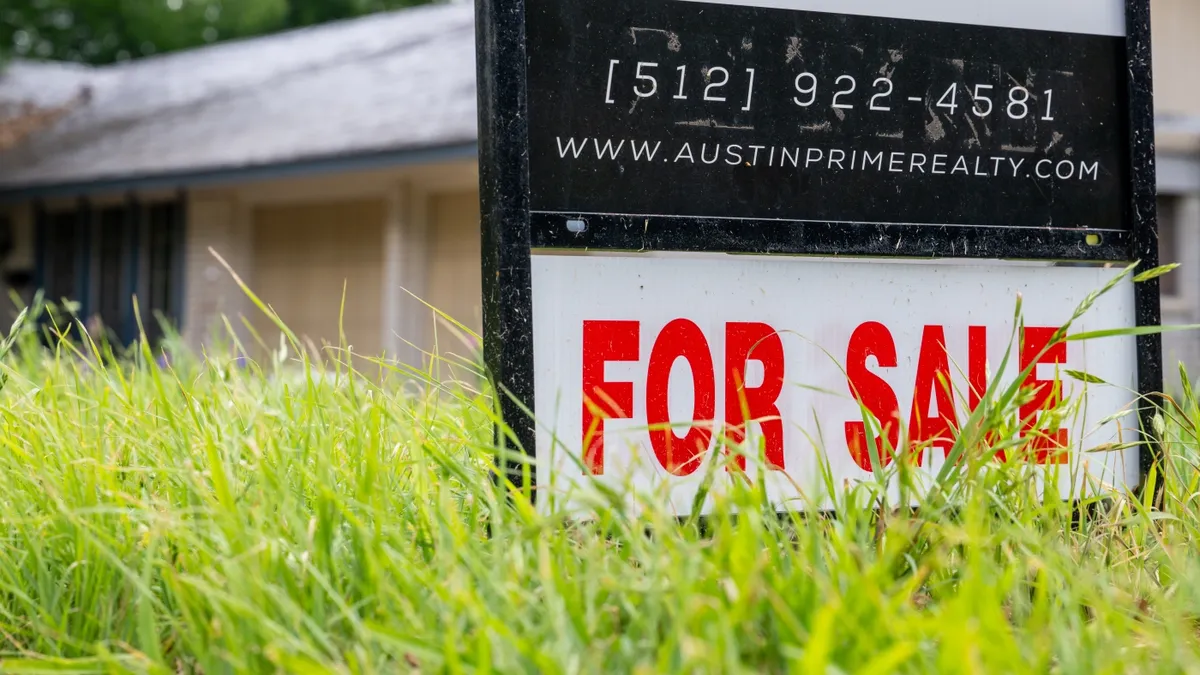
The U.S. home sales slump persists, showing significant signs of weakness. Last month marked the slowest May for existing home sales since 2009, highlighting ongoing challenges in the housing market. According to the latest data, existing home sales in May fell by 0.7% compared to the same month last year. While there was a slight monthly increase of 0.8% compared to April, this still reflects a concerning trend, particularly given that April recorded the slowest sales in 16 years.
Lawrence Yun, Chief Economist at the National Association of Realtors, described the current sales figures as "very stable," albeit at a sluggish activity level. A significant challenge facing potential homebuyers is affordability. Over the past four years, median home prices have surged by 52%, while wages have only increased by 30%. This disparity in price growth has made it increasingly difficult for buyers to enter the market.
Yun noted that current sales activity is operating at about 75% of pre-COVID levels. Prior to the pandemic, the monthly payment for a home at the median price, considering the prevailing interest rates, was approximately $1,000. Today, that figure has more than doubled to just over $2,000, further hampering prospective buyers.
Interestingly, there has been a notable shift in housing inventory. The number of homes available for sale has increased by more than 20% compared to last year, with significant rises observed in every region of the country, particularly in the West and South, as reported by Realtor.com. This uptick in inventory has shifted the balance of the market, favoring buyers in various areas.
Utilizing inventory data to assess the number of home sellers and buyers, Redfin recently estimated that there are currently 34% more buyers than sellers in the U.S. market. However, the condo market remains particularly challenging for sellers. In May, condo sales plummeted by 10% compared to the previous year, with Redfin estimating that there are 83% more condo sellers than buyers.
Despite the slowdown in sales, home prices have continued to increase, albeit at a much slower pace compared to the pandemic highs. The median single-family home price in May reached $427,800, reflecting a 1.3% increase from May 2024. In contrast, the median sales price for condos and co-ops was $371,300, which is up by 0.7% year-over-year. Overall, the year-over-year price growth across all housing types was 1.3%, marking the slowest price growth since June 2023.
As the spring housing market unfolded, many anticipated an uptick in activity, hoping that more sellers would list their homes and that buyers would be encouraged to make purchases. However, the response from potential buyers has been tepid. Many cite fears of job loss, high mortgage rates, stock market instability, and general uncertainty about the future as reasons for their hesitance.
The Federal Reserve recently decided to keep interest rates steady during its latest meeting but hinted at possible rate cuts later this year. While such cuts do not directly lower mortgage rates, they can influence them to some extent. If mortgage rates decrease in the latter half of this year, Yun predicts a potential increase in home sales across the country, supported by strong income growth, healthy inventory levels, and a record-high number of jobs.
In conclusion, the current state of the U.S. housing market reflects a complex interplay of factors affecting both buyers and sellers. While affordability remains a significant barrier, the increase in inventory may provide some relief for buyers in the near future.